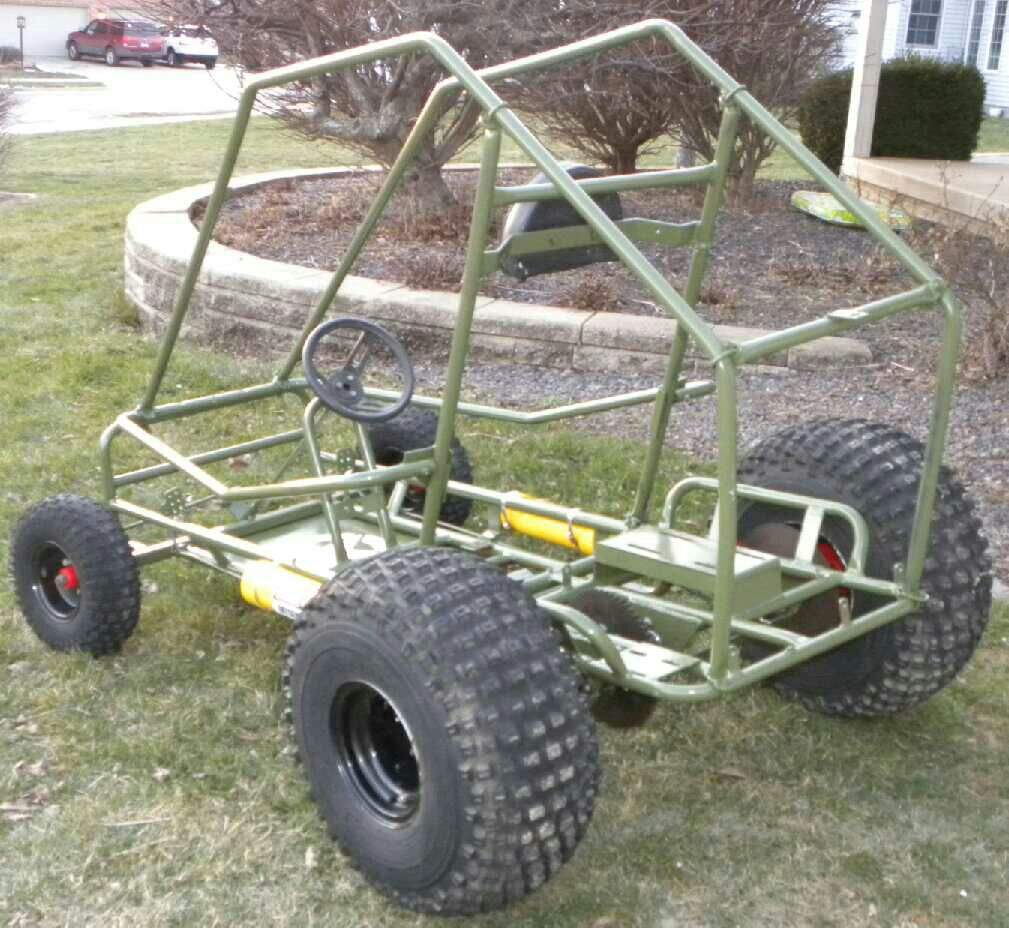
#STREAKER GO KART SERIES#
The chassis works well, he still likes the way it handles and we ran quite successfully with it at the local series at New Castle Raceway Park. It is a 2008 Kosmic T11 that I raced in Tag Masters and then he raced this past year in his first year in Yamaha Junior. You might find out that the chassis you already have just needs some elbow grease and TLC to get it in top shape for the upcoming season.

So I suggest you simply look at what you have and consider a bit of restoration work. I know times are tough all over, and finding a budget for a new chassis might be completely out of the question.

The world’s fastest go-kart is primarily not on a windy course, but down straight-a-ways, with minimal degree turns.

If not, you hit your turn too fast and spin out, or will be pulled to the outside wall (centrifugal force). World’s Fastest KartĪt LVGP our track is designed to reach max speed (45mph) for a only a few seconds before having to decelerate to make an easy turn.

However, if you were to have a street legal kart you may have that speed considerably higher than what it would need for the indoor track. Costing thousands and a bunch of red tape. Street legal go-karts are a rarity to see, because the laws that require them to be deemed “safe” are meticulous. It’s a speed that is comfortable in the sense of you wont fly off the track, and hurt other racers or patrons. Most karts max out around 40-50mph, while this is a maintained speed that is safe and as controlled as you can be. Something of which is always an ongoing battle with racers, track owners, and insurance companies. In this week’s blog, I want to talk about go-kart speed.


 0 kommentar(er)
0 kommentar(er)
